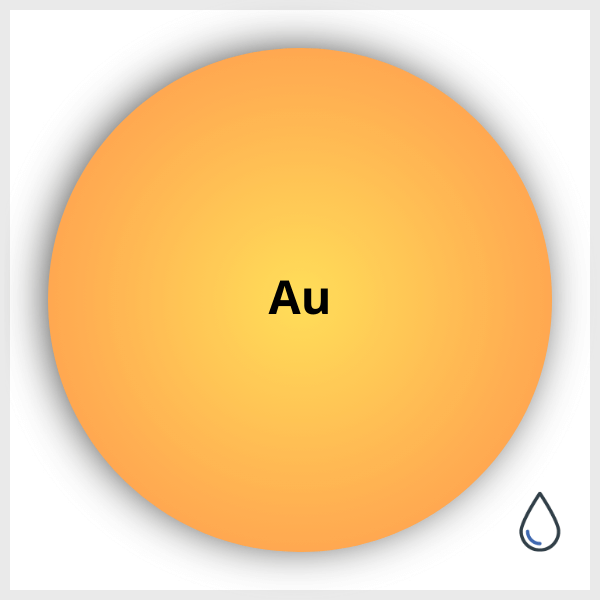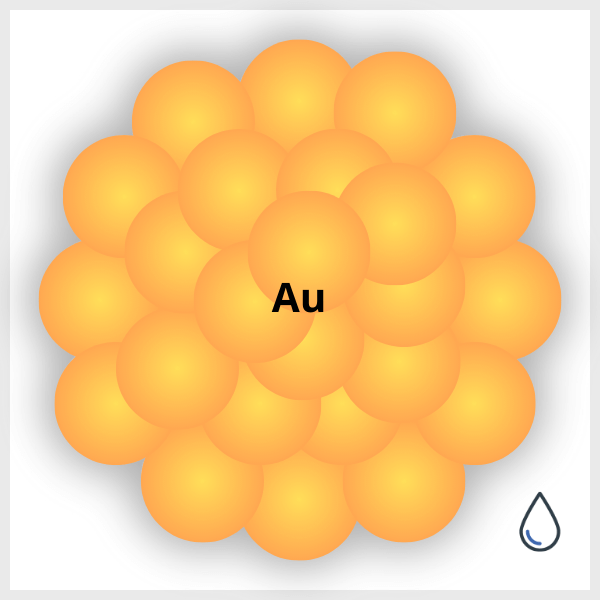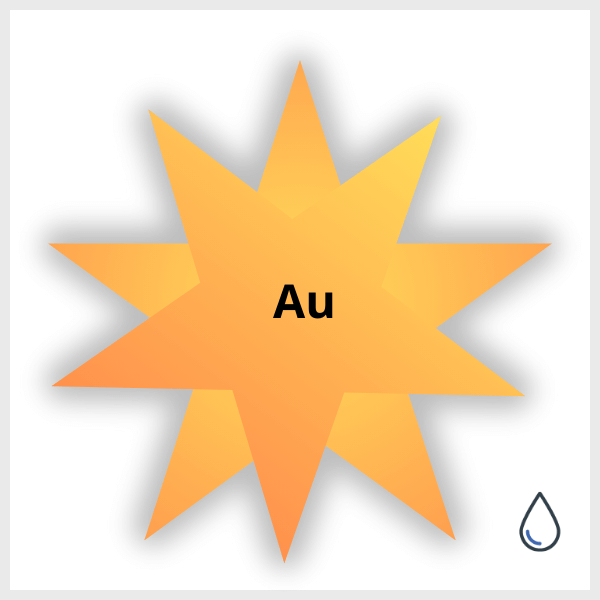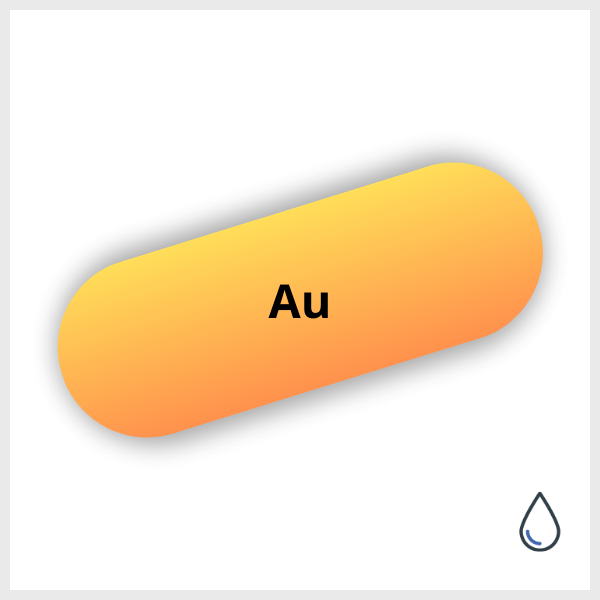Gold nanoparticles
-

Gold (Au) nanoparticles – sphere – 18 nm
Gold nanoparticles NanoparticlesGold
NanoparticlesGold -

Gold (Au) nanoparticles – sphere – 8 nm
Gold nanoparticles NanoparticlesGold
NanoparticlesGold -

Gold (Au) nanoparticles – nanoflowers – 100 nm
Gold nanoparticles NanoparticlesGold
NanoparticlesGold -

Gold (Au) nanoparticles – nanoflowers – 150 nm
Gold nanoparticles NanoparticlesGold
NanoparticlesGold -

Gold (Au) nanoparticles - nanostars
Gold nanoparticles NanoparticlesGold
NanoparticlesGold -

Gold (Au) nanoparticles – nanorods
Gold nanoparticles NanoparticlesGold
NanoparticlesGold
What’s so special about gold nanoparticles?
Gold nanoparticles exhibit what’s known as “surface plasmons,” phenomena in which electrons at the surface of particles oscillate in response to light. This imparts them with unique optical properties (such as different colours according to their size and shape).
Studying Surface Plasmon Resonance (SPR) promises exciting developments in detection, diagnostics, and optics in general.
There are numerous applications for gold nanoparticles, which vary according to their shape and size, as the location of the plasmon resonance varies according to the size of the nanoparticles. Specifically, this changes the particular wavelengths at which light absorption is greatest. SON’s total control over these characteristics is key to ensuring the reproducibility of your work and the accuracy of the results you obtain.
What are gold nanoparticles used for?
Why are there different shapes?
The shape of gold nanoparticles has a significant influence on their optical properties. SON currently produces nanoflowers, nanospheres, nanorods, and nanostars.
These different shapes result in a varying spatial distribution of surface electrons, which in turn alters the nanoparticles’ optical properties (for example, nanorods can have anisotropic optical properties).
What shape for which purpose? The descriptions below should help you make your choice. SON’s teams are naturally available should you need help finding the right nanoparticles for your needs.
Purity and quality: Our products meet stringent quality control standards. Each batch comes with a detailed certificate of analysis, which ensures consistent, reliable performance.
Why choose SON’s gold nanomaterials
Nanoparticles produced by SON boast impeccable characterisation and perfect reproducibility. This is particularly important with gold nanoparticles due to their optical properties.
Nanoparticle reproducibility is vital to ensuring consistent reactions. SON’s nanomaterials guarantee reproducible results and optimal performance.

